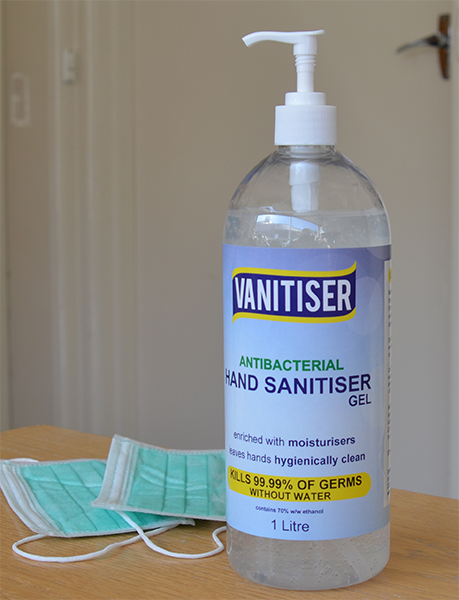Hand Sanitiser Effectiveness

Regular hand washing, using soap and running water, is one of the best defences against many of the viruses, bacteria and other microbes that can make us sick. When water is not available, hand sanitisers are convenient, portable and effective or when your already clean hands just need that extra boost! Hand sanitisers are the ideal solution – especially when we want to stay as healthy as possible.
Not all hand sanitisers are equal
Hand sanitisers come in many forms, such as gels, liquids, creams and foams. Most products contain some form of alcohol, but a few are alcohol-free.
When looking to purchase a hand sanitiser, there is good evidence showing that alcohol-based products (with at least 60 percent alcohol) work well against many of the viruses and bacteria that spread infections like flu, colds and diarrhoea. Any product with less than 60 percent alcohol in it, there’s a fair chance it’s probably ineffective - it may only reduce growth of germs but not kill them; and if it’s got more than 80 percent, it’s unlikely to do you much good, either!
70% alcohol is recommended by Australian Health Authorities
Many studies have also reported that alcohol-based hand sanitisers are less irritating and drying to the skin than soap and water. Sanitisers that contain moisturisers can reduce the level of irritation even further. This is fantastic news for people who need to clean their hands frequently.
Rubbing hands with alcohol-based sanitisers has been proved to be effective in the reduction of microorganisms from hands and can produce residual antibacterial properties on the skin. The use of alcohol-based sanitisers containing emollients causes less skin irritation and dryness and requires less time than washing hands with soap or other disinfectants.
Please keep in mind that alcohol-based hand sanitiser is meant to kill germs and not erase visible dirt. Therefore, when your hands are covered in dirt and grime, soap and water would be the best option as sanitisers simply don't work as well.
Alcohol-based hand sanitisers should be used (when hands are visibly clean) instead of handwashing because they:
- Substantially reduce bacterial count on hands
- Require less time than handwashing
- Are more accessible
- Are self-drying
- Gentler on skin and cause less skin irritation and dryness than frequent soap and water washes, since hand sanitisers should contain skin emollient (moisturisers)
How to correctly use hand sanitisers
For the best possible protection from your waterless hand sanitiser, make sure to apply enough product so you can cover both hands thoroughly, front and back and in between your fingers. Cleaning should take 20–30 seconds and let them dry fully.
If you do use alcohol-based hand sanitisers, please keep the containers out of reach of young ones as alcohol can be toxic to children. Also take care around open flames as well, because alcohol, even as part of a hand sanitiser, is highly flammable.
Note: reasonable care has been taken to provide accurate information at the time of creation. This information is not intended as a substitute for medical advice and should not be exclusively relied on to manage or diagnose a medical condition. Vanitiser disclaims all liability (including for negligence) for any loss, damage or injury resulting from reliance on or use of this information.
